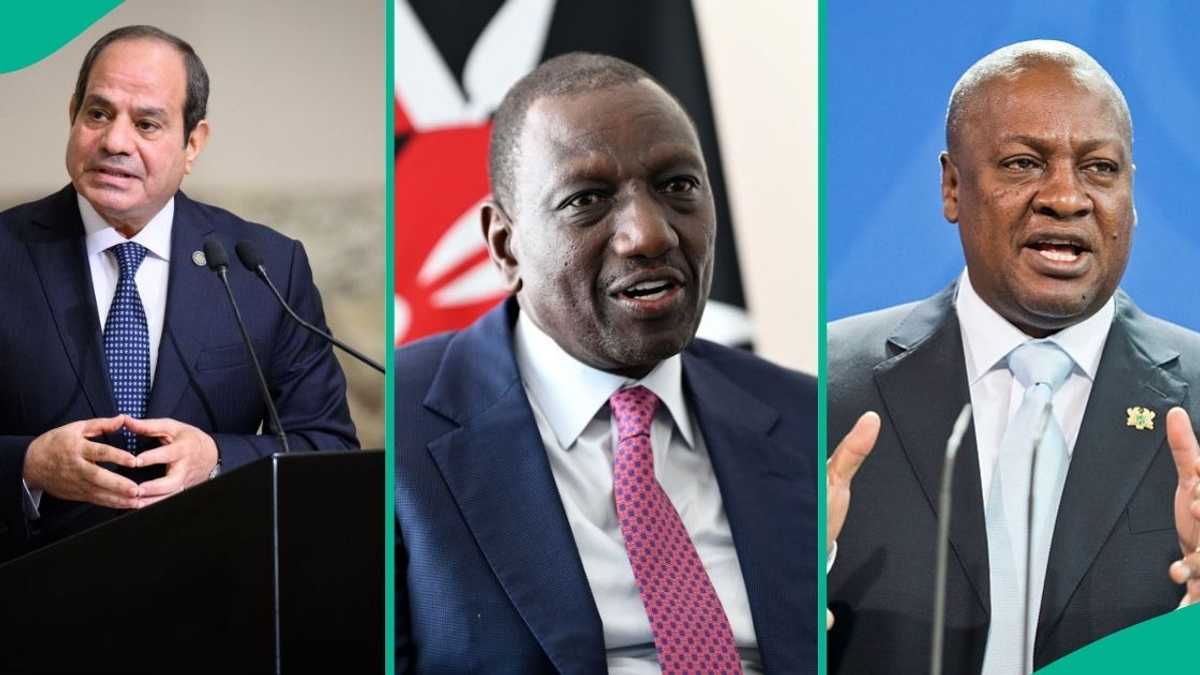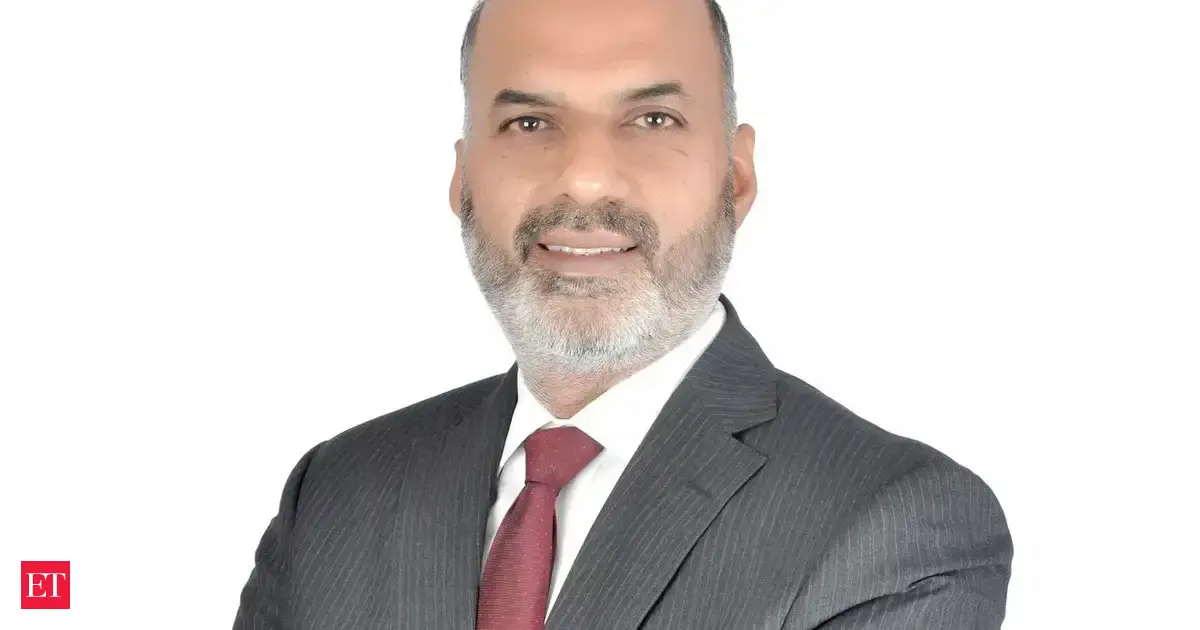Copyright legit

After fully repaying its $3.5 billion COVID-19 loan, Nigeria was struck off the debtors’ list by the IMFHowever, a lot of African countries are still trapped with high debt exposure to the fundThe IMF, in a recent update, released the list of 10 African countries with low debt exposure in 2025 Pascal Oparada is a journalist with Legit.ng, covering technology, energy, stocks, investment, and the economy for over a decade. In a major financial milestone, Nigeria has officially exited the International Monetary Fund (IMF) debtors’ list after fully repaying its $3 billion COVID-19 emergency loan. The latest Regional Economic Outlook for Sub-Saharan Africa (October 2025) placed Nigeria among the 10 African countries with the lowest IMF debt exposure, marking a dramatic turnaround from pandemic-era dependence to fiscal independence. Africa’s debt divide: The resilient vs the reliant This achievement signals a new era of economic resilience, credibility, and stability, both for Nigeria and for a select group of African nations that have managed their finances prudently despite global headwinds. According to the IMF, Sub-Saharan Africa’s growth is projected to hold steady at 4.1% in 2025, with a modest rise expected in 2026. But the Fund warns that this resilience remains fragile, threatened by falling commodity prices, tighter global financing conditions, and exposure to external shocks. The real story, however, lies in the growing gap between countries that have mastered debt control and those that continue to rely heavily on IMF support. Why low IMF debt matters Nations with minimal IMF obligations enjoy greater economic flexibility. Freed from heavy repayment schedules, these countries can channel more of their national income into vital investments, from digital innovation and healthcare to education and infrastructure. This adaptability not only strengthens internal development but also shields economies from sudden external shocks. As a result, such nations are better positioned to sustain growth and respond swiftly to global disruptions. Fiscal discipline and global trust Maintaining low debt is more than just good bookkeeping — it’s a global trust signal. Countries with clean IMF records are perceived as stable, disciplined, and investment-ready. For investors, this means reduced risk and better returns. For governments, it means the ability to negotiate better credit terms and issue sovereign bonds at lower interest rates. It’s a virtuous cycle that rewards fiscal prudence with international credibility. Economic freedom and sovereignty Perhaps most importantly, low IMF debt restores economic sovereignty. Nations free from IMF conditions can pursue independent monetary and fiscal policies tailored to their domestic realities, focusing on industrial growth, employment, and social welfare rather than external prescriptions. This shift empowers African nations to craft homegrown solutions, drive innovation, and build inclusive economies that serve their citizens first. Top 10 African countries with the lowest IMF debt According to the IMF’s 2025 Regional Economic Outlook, the following countries lead the continent in low IMF exposure — showcasing discipline, foresight, and resilience: Nigeria – Fully repaid $3 billion COVID-19 loan Botswana Mauritius Namibia Seychelles Eswatini Rwanda Tanzania Cabo Verde Benin The big picture Nigeria’s debt-free milestone is more than symbolic; it's a signal to the world that Africa’s economic story is changing. Fiscal discipline, strategic repayment, and smarter borrowing are helping countries rewrite their financial futures on their own terms. Nigeria's debt profile soars Legit.ng previously reported that Nigeria’s debt profile soared to N152.4 trillion as of June 30, 2025. The report showed that the nation’s debt rose by N3 trillion in just three months, another sign that borrowing remains a lifeline for the government amid struggling revenues and foreign exchange volatility. The World Bank remains Nigeria’s largest creditor, holding $18.04 billion, or 38% of external debt. Most of this comes through the International Development Association (IDA), which lends on concessional terms. Nigeria’s debt grows by N4.72 trillion amid Naira depreciation Legit.ng earlier reported that the Debt Management Office (DMO) reports that in the first quarter (Q1) of 2025, Nigeria's total national debt increased to N149.38 trillion. The debt office revealed that the total national debt increased by N4.72 trillion, or 3.3 percent, from the N144.67 trillion recorded in the fourth quarter (Q4) of 2024. According to the DMO, the overall external debt stands at N70.63 trillion ($45.9 billion), while the total internal debt is N78.75 trillion ($51.2 billion). Proofreading by James Ojo, copy editor at Legit.ng. Source: Legit.ng



